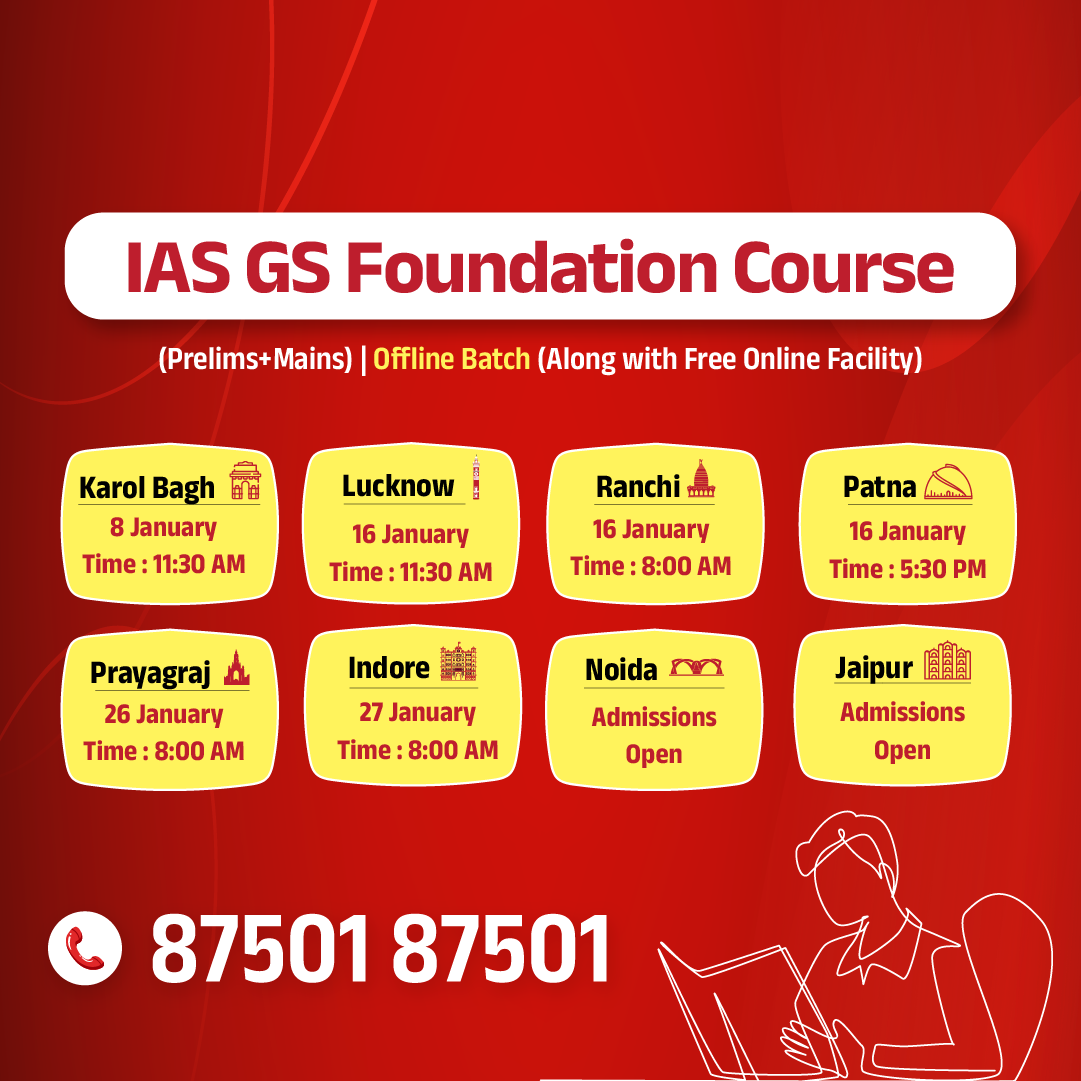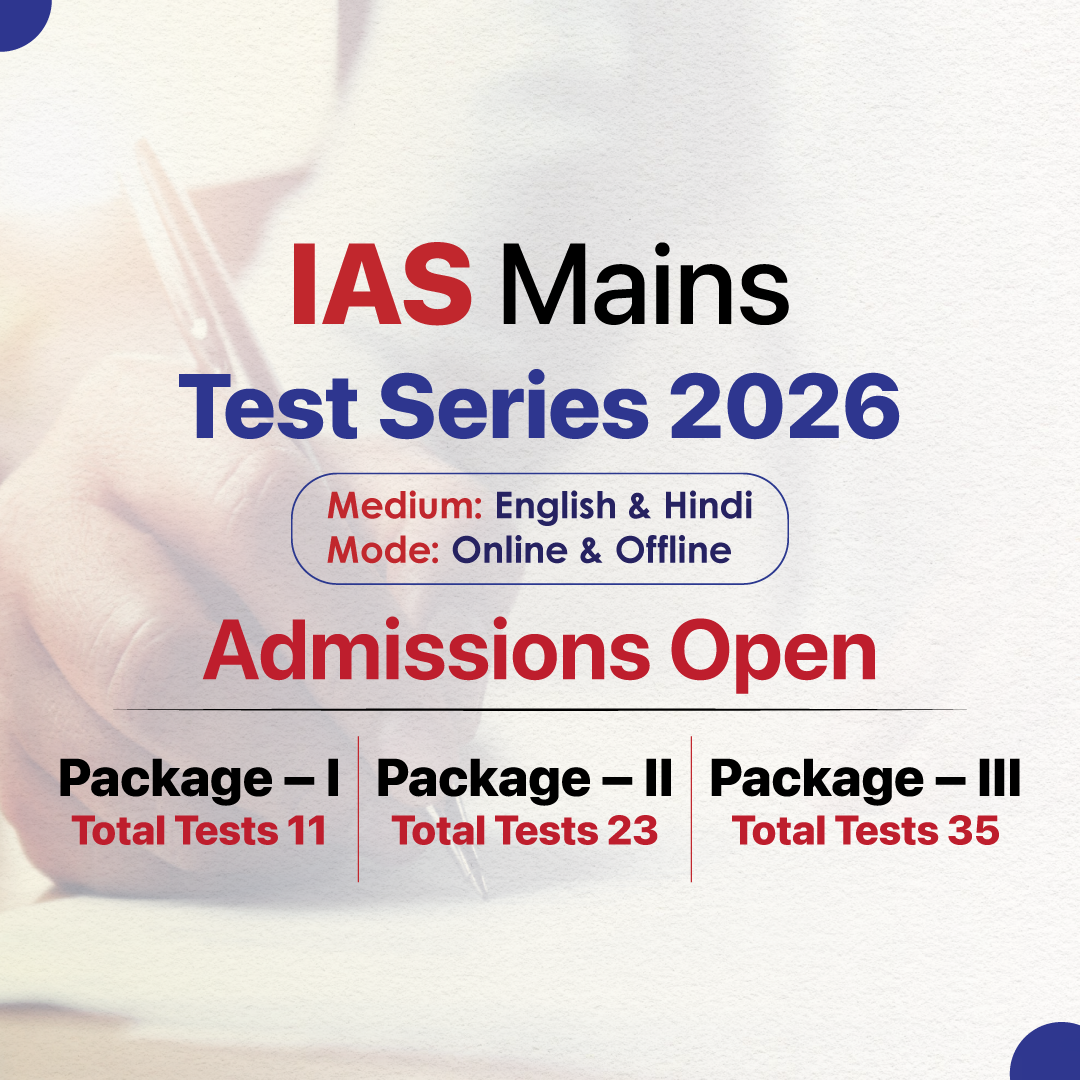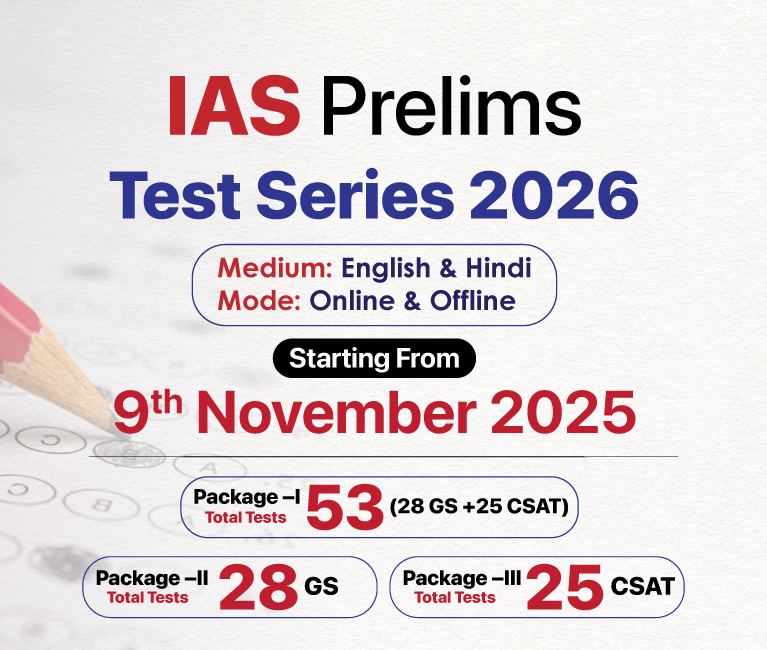National Current Affairs Switch to Hindi
IIT Madras Launches Global Research Foundation
Why in News?
External Affairs Minister Dr. S. Jaishankar launched IITM Global Research Foundation at the Indian Institute of Technology Madras (IIT Madras).
Key Points
- Objective: The foundation aims to position IIT Madras as the world’s first multinational university, expanding its global research, education, innovation and collaboration footprint.
- Focus Areas: Key areas include data science, artificial intelligence, quantum technologies, cybersecurity, mobility, energy and water systems, health technologies and green technologies.
- Strategic Outreach: Initial global presence will be set up in multiple countries including the United States, United Kingdom, Germany, Dubai, Malaysia.
- Significance: It helps Indian innovations reach global markets and accelerates commercialisation via technology partnerships and foreign engagement.
- Festival Integration: Dr. Jaishankar inaugurated the IITM Festival Fortnight, featuring Shaastra (technical) and Saarang (cultural) festivals, along with Open House access.
National Current Affairs Switch to Hindi
Kalai-II Hydropower Project
Why in News?
A Union Environment Ministry expert panel has recommended environmental clearance (EC) for the 1,200 MW Kalai-II hydroelectric project in Arunachal Pradesh.
Key Points
- Project Details: The 1,200 MW Kalai-II hydropower project is proposed on the Lohit River to be implemented by THDC India Ltd at Hawai village in Anjaw district.
- It is a run-of-river project with pondage to generate clean electricity while using the river’s natural flow.
- Lohit River: A tributary of the Brahmaputra River.
- EIA Controversy: Environmentalists and local residents criticized the EIA report for failing to mention the presence of the critically endangered white-bellied heron (Ardea insignis).
- White-Bellied Heron:
- The white-bellied heron prefers free-flowing riverine habitats with low disturbance and feeds mainly on fish in rapids.
- Its presence has been recorded in the Lohit River basin, including Kamlang and Namdapha Tiger Reserves.
- IUCN Status: The white-bellied heron is listed as Critically Endangered on the IUCN Red List.
- WPA Status: Placed under Schedule-I of the Wildlife (Protection) Act, 1972.
- Environmental Concerns: Critics argue that hydroelectric dams and other infrastructure can degrade critical riverine ecosystems, threatening species like the white-bellied heron through habitat loss, disturbance, and reduced fish populations.


.png)




.jpg)























.png)


.jpg)

 PCS Parikshan
PCS Parikshan

